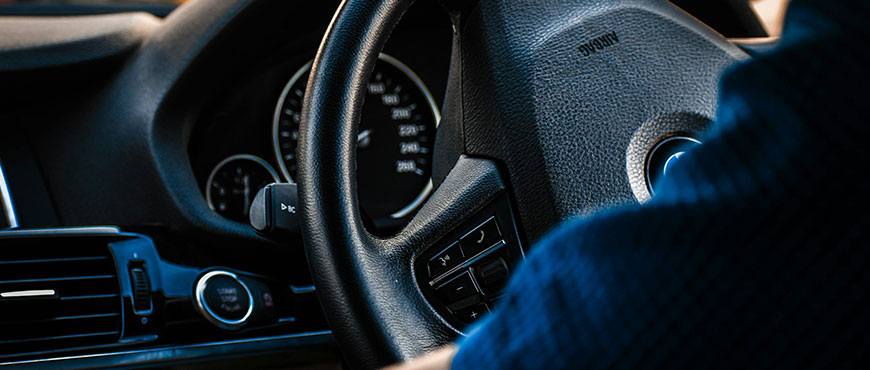
Buyers may come across the term ‘maximum torque’ when they are shopping for a car. That is listed among the vehicle’s key performance specifications. While horsepower usually takes center stage in discussions regarding engine power, rotation force is equally important.
A lot of people will certainly ask what is torque in cars? It is helpful in terms of how a car performs in the real world. This article will help us understand what moving force and maximum rotating force are, their relation to the driving experience, and why it is important when it comes to buying a car.
Engine rotating force is a fundamental concept in the world of automobiles and automotive engineering. It has often been discussed alongside horsepower. The latter gets much of the attention in car advertisements; the former has a role in a car’s performance. Understanding this moving force and its implications helps car owners and prospective buyers make an informed decision.
What is torque? It is defined as the rotational or twisting force. In the context of automobiles, it refers to the ability of an engine to generate this force in turning the wheels and propelling the vehicle forward. It is measured in units like Pound-Feet (lb-ft) or Newton-Meters (NM).
The concept of rotating force is likened to using a wrench to loosen a bolt. The force applied at a distance from the pivot point makes a moving force. The bolt hence rotates. Similarly, in a vehicle, the engine produces a rotating force that turns the crankshaft. This helps in moving the vehicle ultimately.
Rotating Force and horsepower are often mentioned together. But they represent different aspects of engine performance. The former measures the engine’s strength (pulling power). What is horsepower in cars? It indicates how quickly power is delivered.
Peak moving force occurs earlier in the engine’s rev range in comparison to peak horsepower. It makes it more relevant for daily driving scenarios, especially in urban environments where responsive acceleration is critical.
The following formula can express the relationship between the two:
Horsepower = Torque x RPM /5252
In this very equation, the rotational force is measured in pound-feet (lb-ft). 5,252 is a constant used for this specific unit conversion to calculate the horsepower. Let us now understand the equation even further:
Torque automotive plays a vital role in numerous aspects of motor vehicles. They are as follows:
Rotating Force gives cars the thrust required to move them from a standstill. It works especially when they are either on an incline or are carrying heavy loads. A lack of sufficient moving force will cause all kinds of engines to struggle in overcoming inertia. They cannot initiate movement effectively.
Vehicles with high moving force are best for towing boats, trailers, and other heavy items. This kind of moving force ensures a steady pulling power in vehicles and prevents engine strain, even on long hauls or steep tilts.
Turning Force is critical for navigating rough terrains or climbing steep hills, for both SUVs and Trucks. It ensures consistent delivery of power to wheels. This helps vehicles maintain traction and overcome obstacles.
Higher rotating force at lower RPMs helps enable improved fuel efficiency when cars are driven on city streets. It is because the engine does not need to rev as high to produce the needed power. This helps conserve fuel whilst maintaining smooth performance in stop-and-go traffic.
In all-wheel-drive (AWD) and four-wheel-drive (4WD) vehicles, turning force distribution across all wheels helps improve control and stability. This is important when conditions are slippery (rain, snow), and optimal rotating force application in such conditions prevents wheels from slipping. Thus, vehicles maintain an optimal grip.
A rotating force NM chart helps drivers understand how much moving force different vehicles produce at different RPM levels. One thing is understood: the higher the NM rotational force in cars, the better their acceleration and towing capacity.
Torque is important for numerous reasons in cars. Among them are:
Rotating force characteristics differ with each type of engine. We’ll explore two different engines in this regard.
Torque is important in cars as it provides them not only the acceleration but also the power and stability to manage loads, navigate terrain, overtake vehicles on roads, and provide a stable drive. Moreover, it also helps improve the engine performance and drive to prolong the lifespan of vehicles too.
30C / II - 24th Street D.H.A Phase II Extension Phase 2 Commercial Area, Karachi, Sindh
Rentals@deinfa.com
+92 331 3334632
+92 321 8291537
© 2025. All Rights Reserved by Deinfa. | Developed by: Digital Eggheads.
Starting from five vehicles and growing to a fleet of over 500, Deinfa has become a renowned name in the car rental industry.